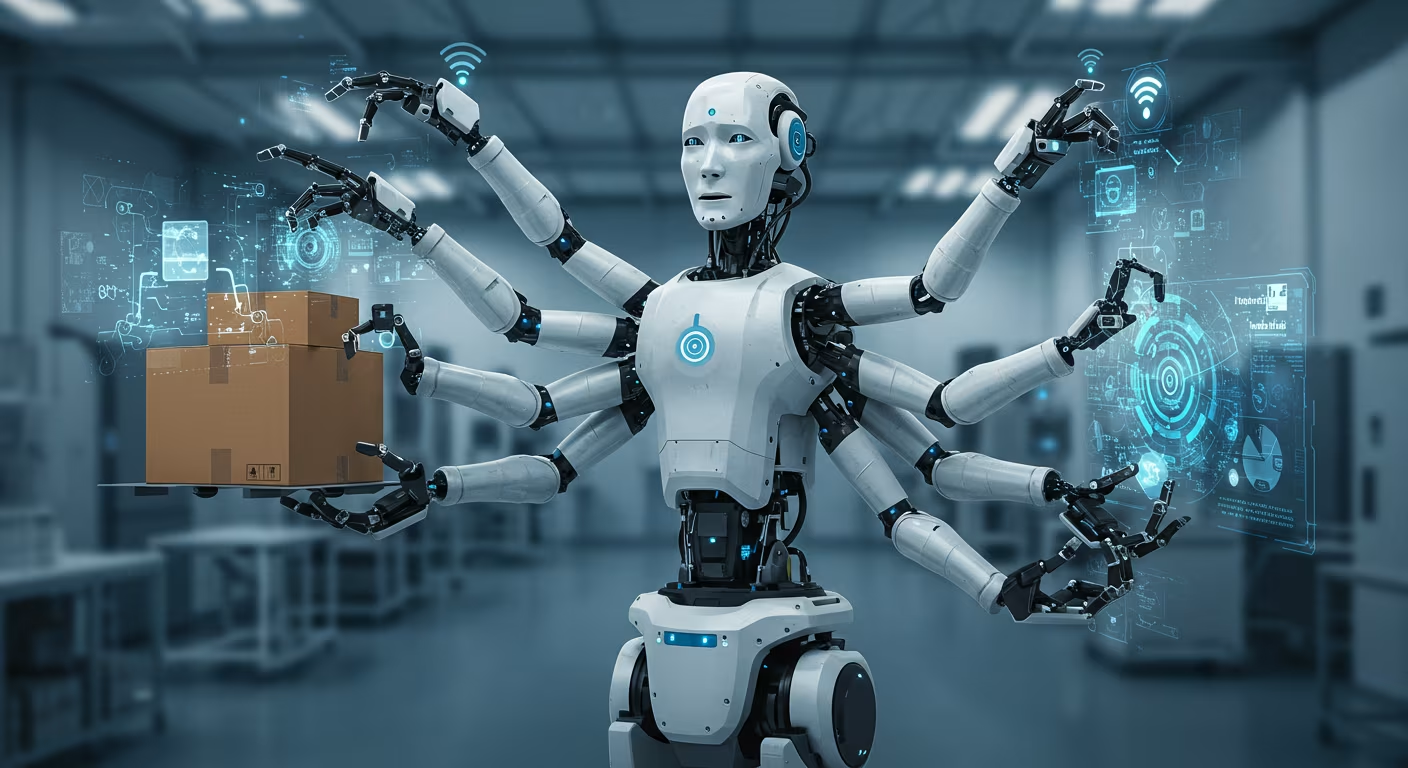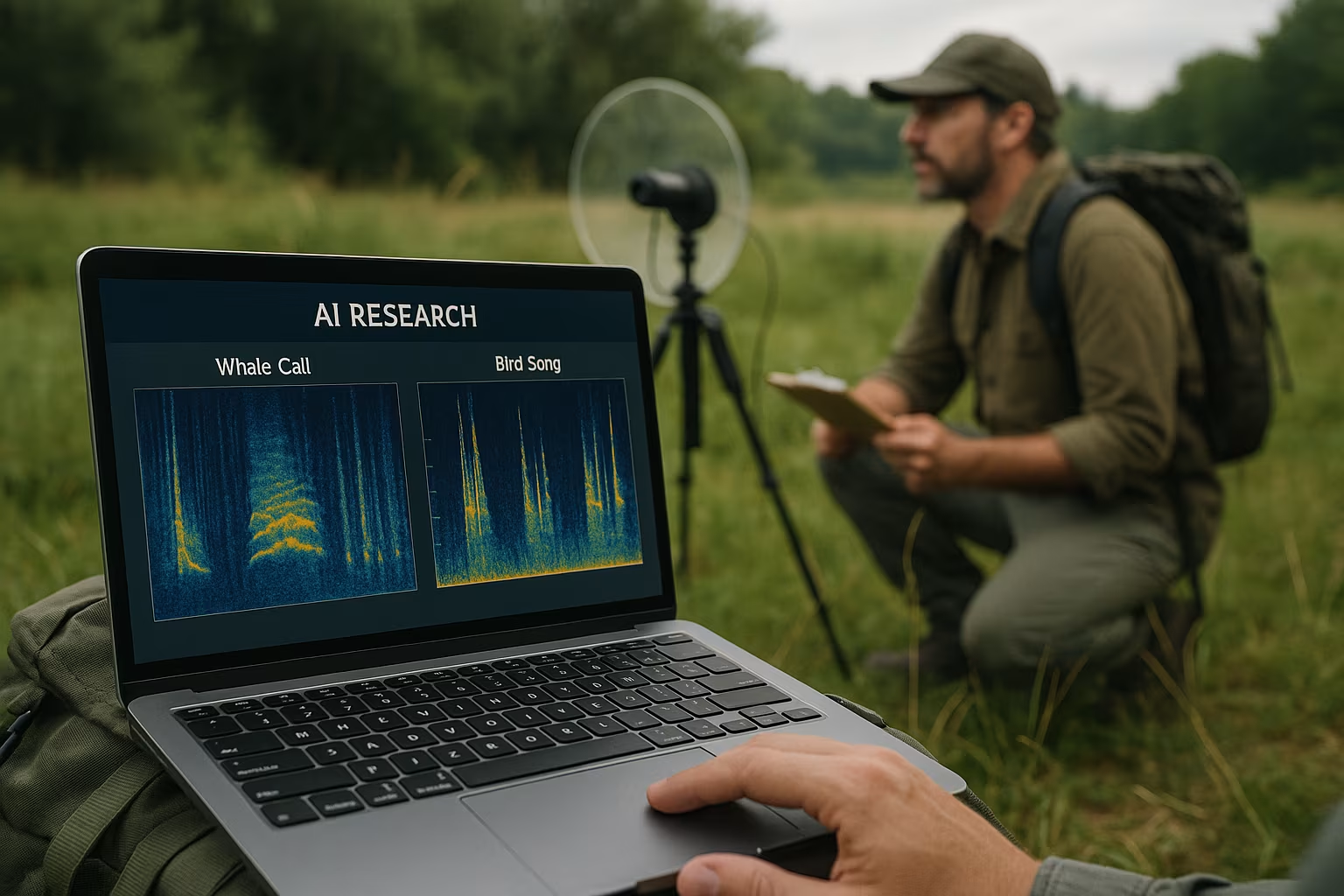As industries demand more efficiency, flexibility, and innovation, the next evolution of robotics is taking shape—not in isolated, task-specific bots, but in polyfunctional robots capable of performing a wide range of tasks across diverse environments. These advanced machines mark a significant departure from traditional robotic systems, which have long been designed to execute a single function within a tightly controlled setting.
Polyfunctional robotics refers to the design and development of robots that can adapt to multiple roles and tasks—often switching capabilities in real time or through modular upgrades. Powered by artificial intelligence, machine learning, modular hardware, and sensor fusion, these robots represent a paradigm shift in how we think about automation.
Whether it’s in healthcare, manufacturing, agriculture, space exploration, or domestic life, polyfunctional robots promise to reshape our relationship with machines, offering greater utility, cost efficiency, and human-robot collaboration.
What Are Polyfunctional Robots?
Polyfunctional robots are robotic systems designed to perform more than one core task or to operate effectively across multiple contexts without requiring complete redesign or reprogramming. Unlike conventional robots, which are often purpose-built and fixed in their capabilities, polyfunctional robots combine:
- Adaptive AI algorithms
- Modular hardware systems
- Sensor integration for situational awareness
- Reconfigurable components and toolsets
- Cloud-based and edge computing connectivity
For example, a single robot might inspect infrastructure using visual sensors, perform minor repairs using robotic arms, and navigate complex terrain—all while continuously learning and adjusting its behavior. These machines blur the line between general-purpose automation and intelligent, real-time adaptability.
Key Components of Polyfunctional Robotics
- Artificial Intelligence and Machine Learning
Polyfunctional robots rely heavily on AI to make decisions, learn from their environments, and plan actions across a spectrum of tasks. Machine learning enables them to optimize performance based on feedback and improve functionality over time. - Modular Hardware Architecture
Many polyfunctional robots are built with modular components that can be swapped or reconfigured. This allows one robot to shift from vacuuming floors to carrying packages, or from monitoring crops to planting seeds, by attaching different toolsets or appendages. - Sensor Fusion and Environmental Awareness
Advanced sensors—including LiDAR, infrared, ultrasonic, tactile, and visual systems—allow these robots to understand and interact with dynamic environments. Sensor fusion combines data streams to create a unified, real-time understanding of surroundings. - Multi-domain Mobility
Polyfunctional robots often feature versatile movement systems—such as wheels, legs, drones, or amphibious modules—that allow them to operate in various terrains, from factories to homes to disaster zones. - Cloud and Edge Computing Integration
To handle intensive data processing and control systems, many of these robots use cloud-based AI models and edge computing for faster decision-making and seamless updates.
Real-World Applications of Polyfunctional Robotics
The versatility of polyfunctional robots makes them ideal for a wide range of industries. Their multifunctionality allows a single system to replace multiple specialized machines, reducing operational complexity and cost.
1. Healthcare and Elder Care
Robots like assistive service bots are being developed to support patients with mobility, medication reminders, and emergency response. These robots can also switch to cleaning, monitoring, and communication modes, acting as care companions or assistants for medical staff.
2. Manufacturing and Logistics
In smart factories, polyfunctional robots can adapt to shifting production lines. For instance, one robot can assemble components, inspect for defects using visual AI, and move materials—responding to manufacturing variability without halting operations.
3. Agriculture
Agricultural robots equipped with multiple tools can shift between tasks such as soil monitoring, crop spraying, harvesting, and weed detection. Their ability to learn from environmental conditions increases yield and reduces resource waste.
4. Disaster Response and Rescue Missions
Polyfunctional robots can navigate hazardous environments, identify survivors, assess structural damage, and deliver medical supplies—all with one deployable unit. Their adaptability is critical in unpredictable, high-risk scenarios.
5. Space Exploration
NASA and other agencies are investing in robots that can perform maintenance, sample collection, habitat construction, and autonomous navigation on planets or space stations. Their multi-functional nature reduces the need for numerous devices in missions where weight and reliability are paramount.
6. Domestic and Commercial Use
Home robots are beginning to offer combined functions—vacuuming, surveillance, voice assistance, and elderly care—integrated into a single intelligent assistant. In commercial environments like hotels and airports, these robots handle concierge duties, cleaning, and delivery services.
Advantages of Polyfunctional Robotics
- Cost Efficiency: One robot performing multiple tasks can reduce the need to buy and maintain several machines.
- Flexibility: Systems can be updated, reprogrammed, or reconfigured to meet changing demands.
- Smaller Footprint: Especially in tight environments like homes or small businesses, one robot can do the work of many.
- Scalability: Organizations can deploy fewer robots across wider areas or tasks, increasing ROI.
- Resilience and Redundancy: If one function fails, the robot can still contribute in other ways, reducing downtime.
Challenges and Considerations
Despite their potential, polyfunctional robots face several technical and ethical challenges:
- Complex Engineering
Designing a robot that performs multiple tasks equally well is difficult. Multifunctionality often means trade-offs in performance, precision, or energy efficiency. - Higher Upfront Cost
Although cost-effective in the long run, these systems require significant initial investment in AI, sensors, and advanced hardware. - Software Integration
Managing multiple AI models, control systems, and user interfaces can complicate system updates and maintenance. - Safety and Regulation
Robots that operate in human environments must meet strict safety standards—especially if switching between potentially dangerous tools or tasks. - Ethical and Labor Implications
Replacing multiple human jobs with a single robotic system raises concerns about job displacement and economic inequality.
The Road Ahead: Toward General-Purpose Robotics
As AI advances and robotics becomes more modular and intelligent, the boundary between polyfunctional and general-purpose robots is beginning to blur. While today’s systems are typically pre-programmed for specific task sets, future robots may dynamically determine what role to perform based on environment, need, and learned behavior.
This future envisions true collaborative robots (cobots)—machines that adapt alongside humans, learning from them and stepping into whatever function is most useful at a given moment.
Leading robotics companies, AI research labs, and governments are investing in this direction, recognizing that flexibility, not specialization, may be the key to a smarter, more sustainable automated future.
One Robot, Many Possibilities
Polyfunctional robotics offers a glimpse into a world where intelligent machines do more than just one job—they learn, adapt, and grow with us. By fusing advanced hardware with adaptive AI, these systems promise to increase efficiency, reduce costs, and enhance human capabilities across nearly every sector.
As we move into a future shaped by flexibility, collaboration, and intelligent automation, polyfunctional robots won’t just support human life—they’ll become an integral part of how we live, work, and solve problems.





